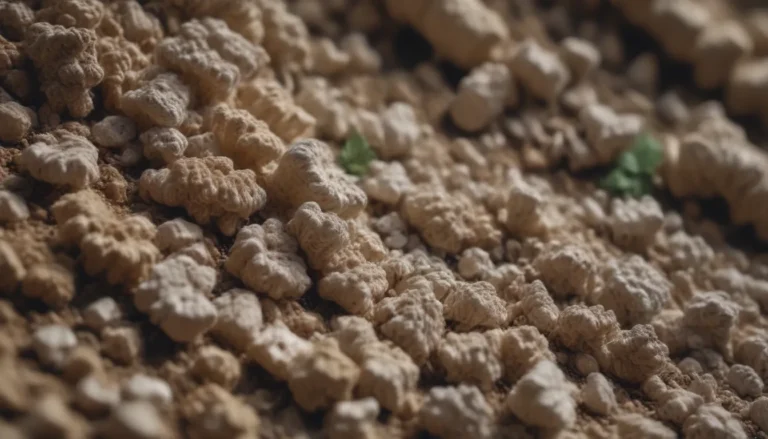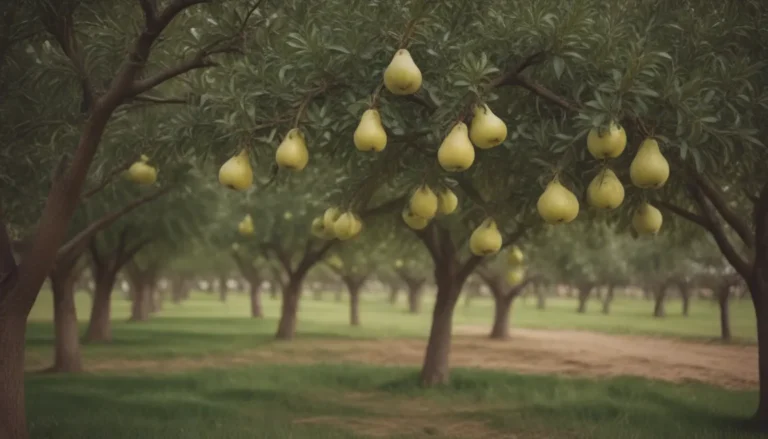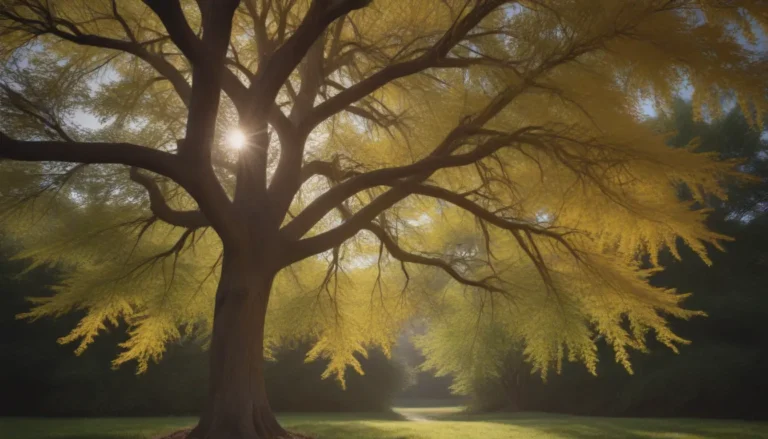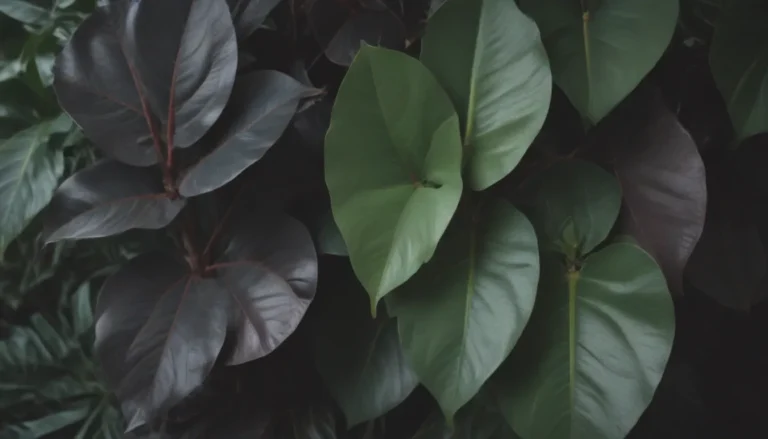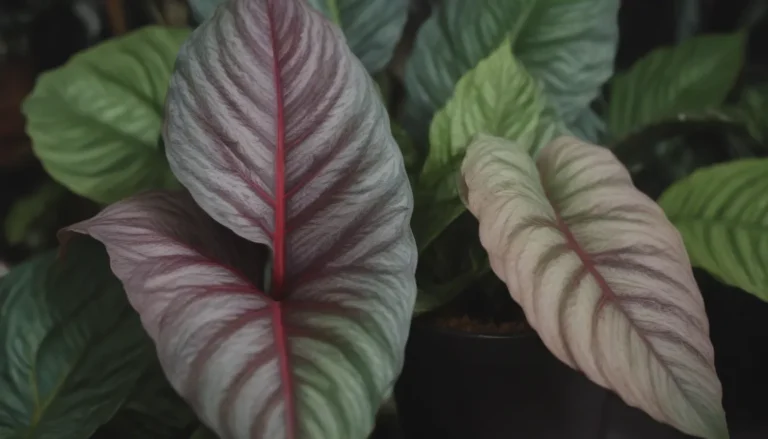How to Grow and Care for Ctenanthe Setosa ‘Grey Star’ Plants
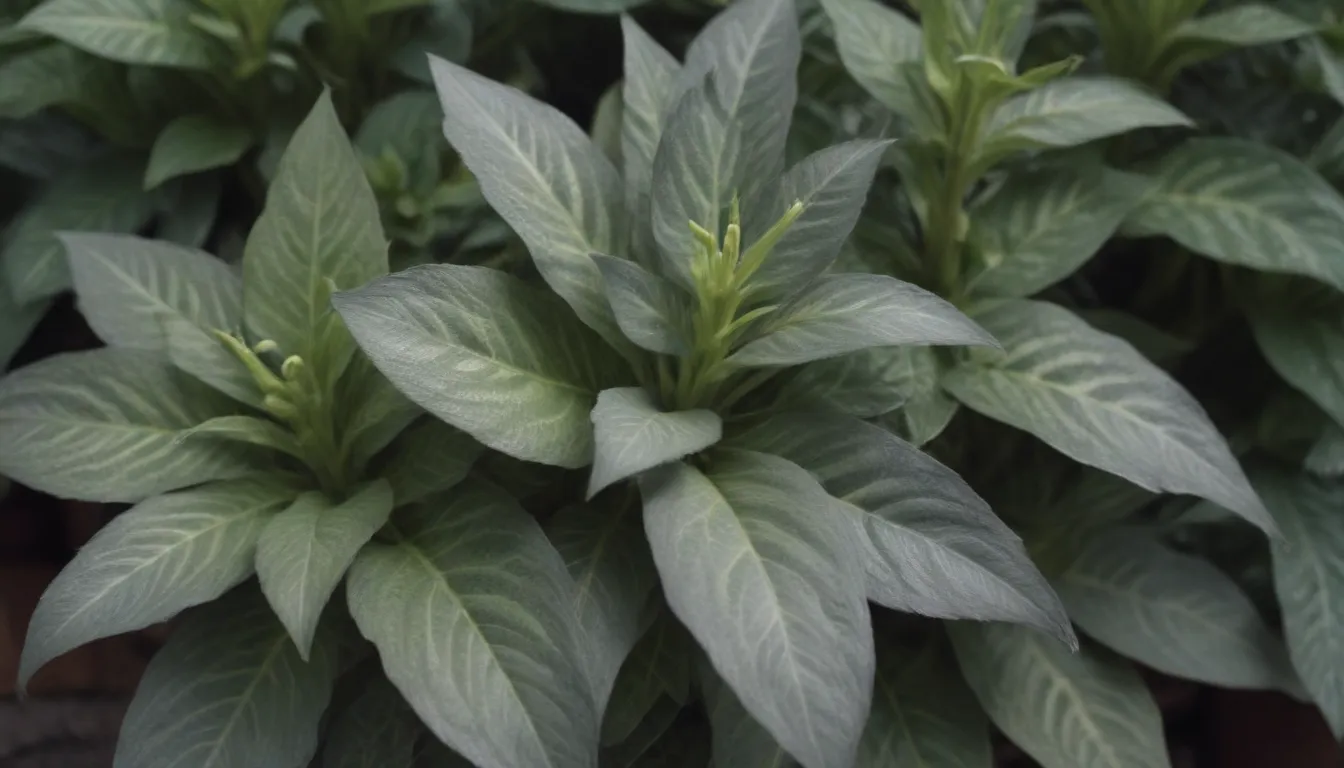
Are you a plant enthusiast looking to add a touch of drama to your indoor garden? Look no further than the Ctenanthe Setosa ‘Grey Star’ plant! This evergreen, clump-forming herbaceous perennial is a showstopper with its striking foliage. While it may produce white blooms when grown indoors, it’s the foliage that steals the spotlight. If you’re new to caring for Ctenanthe plants or just looking to brush up on your skills, this guide is here to help you succeed.
Understanding Ctenanthe Setosa ‘Grey Star’
Before diving into care tips, let’s get to know this plant a little better. Related to Calathea and Stromanthe, Ctenanthe Setosa ‘Grey Star’ thrives in warm, moist, and shady environments. While it can be grown in the garden in zones 10 to 11, most gardeners opt to grow it indoors as a houseplant. With the right amount of shade, moisture, and warmth, this plant will flourish and bring a touch of tropical elegance to your space.
Care Requirements for Ctenanthe Setosa ‘Grey Star’
Here are the essential care tips to ensure your Ctenanthe Setosa ‘Grey Star’ plant thrives:
Light
- Indirect sunlight is best for Ctenanthe setosa ‘Grey Star’ to prevent leaf color fading.
- Place the plant in a spot with bright, indirect light for optimal growth.
Soil
- Use a well-drained potting mix with good aeration.
- Add perlite for proper drainage.
- Choose a mix with essential nutrients to support the plant’s large, colorful foliage.
Water
- Keep the soil moist but not waterlogged, especially during the summer months.
- Water the plant slowly until water drains from the pot.
- Test the soil to ensure it’s not soggy before watering.
Tip: Consider using rainwater for your ‘Grey Star’ plant to avoid root damage from tap water chemicals.
Temperature and Humidity
- Maintain temperatures between 60 and 80 degrees Fahrenheit.
- Avoid placing the plant near drafts or vents.
- Increase humidity levels by using a pebble tray or humidifier.
Fertilizer
- Feed your Ctenanthe setosa ‘Grey Star’ regularly with a weak liquid fertilizer during the growing season.
- Stop feeding in the fall and winter when the plant’s growth slows down.
Types of Ctenanthe Plants
Apart from Ctenanthe Setosa ‘Grey Star’, there are several other species to explore, such as:
– Ctenanthe lubbersiana
– Ctenanthe oppenheimiana
– Ctenanthe burle-marxii
Pruning Tips for Ctenanthe Plants
When it comes to pruning your Ctenanthe Setosa ‘Grey Star’ plant, focus on removing damaged or dying foliage to encourage new growth. Trim off older leaves at the base of the stem to redirect energy into young, healthy growth.
Propagating Your Ctenanthe Setosa ‘Grey Star’ Plant
If you’re looking to expand your plant collection, propagating Ctenanthe Setosa ‘Grey Star’ is a straightforward process. You can choose between stem cuttings or offsets to create new plants with identical characteristics.
How to Propagate with Stem Cuttings:
- Take a stem cutting with a node.
- Place the cutting in water to develop roots.
- Once roots form, transfer the cutting to soil to establish a new plant.
How to Propagate with Offsets:
- Harvest offsets (or offshoots) from an established plant.
- Plant the offsets in soil to encourage growth.
- Monitor the new plants for healthy development.
Potting and Repotting Guidelines
To ensure your Ctenanthe Setosa ‘Grey Star’ plant has enough space to grow, repot it every few years. Choose a spacious pot with proper drainage to prevent waterlogging and support the plant’s root system.
Dealing with Common Pests and Diseases
Keep an eye out for common pests like spider mites and mealybugs that may affect your Ctenanthe plants. Additionally, watch for signs of root rot, leaf spot, and powdery mildew, which can impact the plant’s health. Regularly inspect your plant for any signs of trouble and take prompt action to address issues.
Troubleshooting Tips for Ctenanthe Setosa ‘Grey Star’
While Ctenanthe Setosa ‘Grey Star’ is a stunning plant, it can face challenges like any other. Here are some common problems you may encounter and how to address them:
Loss of Plant Leaves:
- Dehydration is a common issue, causing leaves to curl and eventually drop off.
- Water the plant in small doses to prevent shock and revive it gradually.
Leaves Drooping:
- Overwatering can lead to droopy leaves and root rot.
- Replace waterlogged soil with a dry mix and trim any damaged roots for potential recovery.
Leaves Turning Yellow/Brown:
- Direct sunlight can scorch leaves, causing them to discolor.
- Trim scorched leaves and relocate the plant to a brighter area without direct sunlight.
By following these care tips and troubleshooting advice, you can ensure your Ctenanthe Setosa ‘Grey Star’ plant thrives and continues to display its stunning foliage in your home. Remember to provide the right balance of light, water, and nutrients to support healthy growth and maintain the plant’s vibrant appearance.
In conclusion, Ctenanthe Setosa ‘Grey Star’ is a unique and captivating plant that can enhance any indoor garden or tropical landscape. With the proper care and attention to its needs, you can enjoy the beauty of this plant for years to come. Whether you’re a seasoned plant parent or just starting your green journey, incorporating a Ctenanthe Setosa ‘Grey Star’ plant into your collection will surely bring joy and tranquility to your space. So, embrace the beauty of this tropical gem and watch it thrive in your care!
